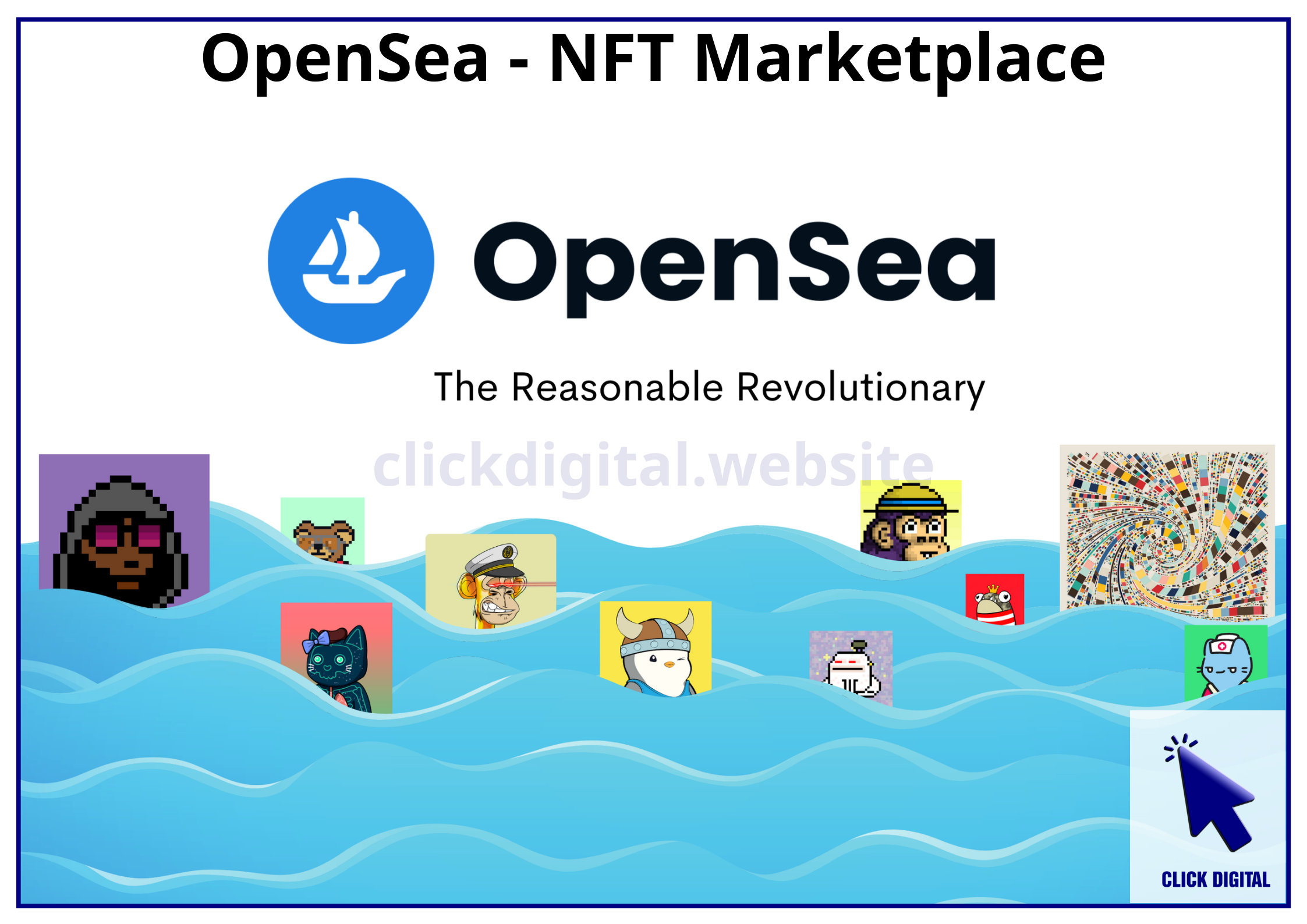Key Takeaways:
- OpenSea introduces OS 2.0, a revamped NFT platform with greater speed, reliability, and modularity.
- The SEA token is officially launched, with a multi-phase airdrop reserved for early and active OpenSea users.
- The move is aimed at recapturing market leadership in the NFT sector, emphasizing community ownership and Web3 ethos.
- Fresh new smart contract design facilitates faster upgrades, lower fees, and user control.
Table of Contents
OpenSea Remakes Itself with OS 2.0
On April 14, OpenSea, one of the earliest and most widely used NFT marketplaces, made a full transition to new infrastructure by launching OS 2.0 — an overhauled version of its underlying platform. The new version is the culmination of two years of engineering work, designed to rebuild OpenSea from the ground up for Web3’s next-generation, modular infrastructure.
OS 2.0 introduces substantial architecture and performance improvements. The platform now shares a uniform smart contract basis across all chains, starting with Ethereum and in the future scaling to other networks. The contracts are upgradable, modular, and creator-collector-optimized. OpenSea ensures better load times, improved reliability, and lower gas fees with this launch. Features like premium order types, royalty optimization, and on-chain compliance aim to give creators more control and allow traders to be more functional.
The Introduction of SEA: A Token for the Community
Perhaps the most anticipated announcement is the release of SEA, OpenSea’s long-anticipated native token. After years of speculation, the firm has confirmed that the token does indeed exist and detailed a multi-phase airdrop under the rubric “OpenSea is now a protocol, not just a marketplace.”
The SEA token will be a governance token for the OpenSea protocol, with voting rights in decision-making for protocol upgrades, incentive design, and treasury payouts. Unlike most other marketplace tokens, which tend to care primarily about fee discounts, SEA is built to influence the direction of the platform instead of just itself — bringing OpenSea in line with the decentralization ethos of Web3.
The airdrop structure will benefit long-time OpenSea buyers, regular NFT traders, and early adopters. Qualification will be based on contribution history as well as on-chain activity. OpenSea has already launched a claims page that is live, where qualified wallets can confirm and redeem their allocations. The initial distribution is live, with additional waves to come over the next few months.
Why Now? The Context Behind the Upgrade
OpenSea’s moves are occurring at a time when it is facing growing pressure from alternative marketplaces like Blur, which have attracted collectors and creators with competitive reward structures and trader-oriented products. Blur is now dominant in terms of daily NFT trading volume because of its airdrops and points system. Meanwhile, OpenSea has been criticized for playing catch-up in innovation and centralization.
Through OS 2.0 and the SEA token, OpenSea is signaling a strategic shift towards decentralization, community alignment, and developer co-op. Leadership within the company reaffirmed that they’re committed to building a permissionless and composable protocol where the marketplace is just one of several interfaces.
Modular Smart Contracts: A Competitive Advantage
One of the standout features of OS 2.0 is its smart contract system, which allows for quick upgrades and feature extension without the need to completely redeploy contracts. That translates to the platform being able to be improved faster, respond to creator and community feedback faster, and reduce downtime from large changes.
Developers are now able to define royalty splits, apply conditions on-chain, and build new experiences upon top of their collections. Traders and power users can already enjoy advanced order types such as limit orders and collection offers.
OS 2.0 also facilitates gas-optimized execution, or reduced listing and purchasing NFT fees. This would help bridge the cost gap between decentralized and centralized platforms, and make OpenSea more attractive to new users.
OpenSea Expands to Token Trading with OS2 Launch
Airdrop Implications and Market Reactions
The launch of the SEA token has generated widespread excitement among the NFT community. Traders are watching closely for eligibility and positioning themselves to be part of DAO governance. Analysts note that OpenSea’s tokenomics will be watched closely, especially its long-term utility, emissions, and staking strategies.
Early feedback on OS 2.0 has been uniformly positive, with users reporting smoother experiences and thanking OpenSea for the transparency shown in releasing its roadmap. However, success relies on implementation and how OpenSea builds trust across communities after years of dominance within the centralized landscape.

